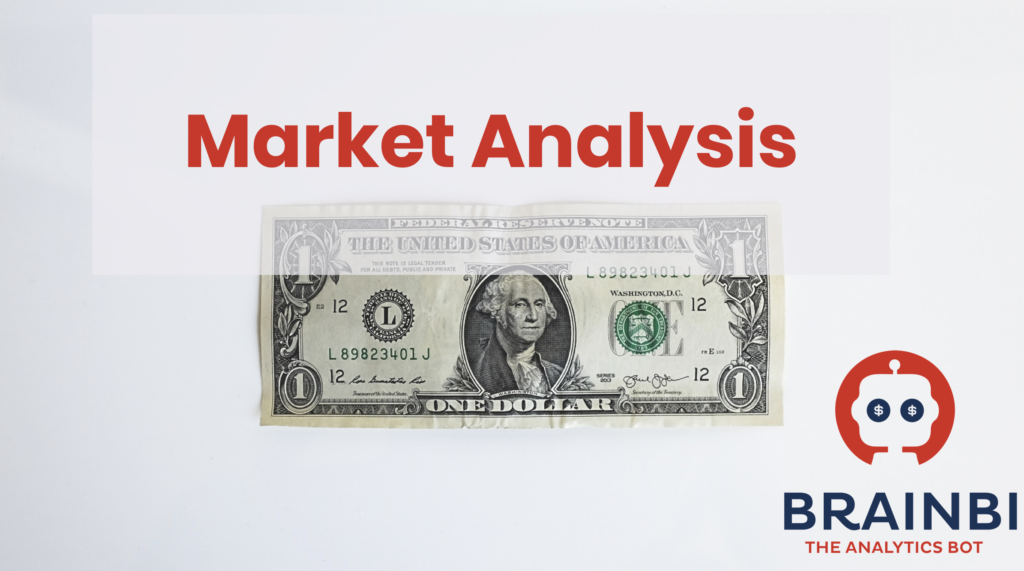To be able to implement a reasonable and effective pricing policy, the market environment must be known. For this purpose, a market analysis (or market research) is carried out. Market analysis is usually part of marketing, but can also be carried out as part of strategic management or controlling.
In contrast to market observation, market analysis is more ad hoc and time-related. Since market analysis is very complex, a structured approach is recommended.
The market analysis is used in/ in the:
- Strategic Management
- Marketing
- Product development

The market analysis should have answers to this question:
- What are the trends?
- In which segments can the market be divided?
- Market volume?
- How are the market segments developing?
- Assessment of the market segments
- Competitors’ market shares
- Legal/social environment
- Customers (why do the customers buy the product)
Market research techniques
- primary and secondary research
- Forecasting techniques
- Market models for the transformation of the initial data
Purpose of market research
- Develop/implement new strategies
- Develop/launch new products
- Developing new markets
- Collected data
The market analysis provides data for various business areas. The data collected during the market analysis can be the starting point for pricing management, for the pricing process, for dynamic pricing, and pricing instruments such as target costing in the context of pricing policy. It, therefore, makes sense to combine the instruments in order to avoid redundant research and collection. For the market analysis, however, additional data is often collected, since not only pricing but also product policy, marketing activities and strategic orientation, among other things, can be reasons for market analysis.
Internal data
- Sales figures, turnover, sales volumes
- Costs (personnel, purchase prices)
External data
- Information about competitors (employees, turnover, profit, product range, locations)
- Political and social developments
- Economic trends
- Technology trends (identification of technical developments in production, sales and competitor products)
- Market volume
- Product life cycle analysis
- Sources of information in the market analysis
What information one wants to have in the context of market analysis, for example, to determine pricing policy, is often clear. It is often questionable where to get the information from.
A lot of information is available on the Internet.
This includes:
- industry and trade associations
- IHKs, AHKs, ZDH (Chambers of Commerce and Industry of other countries can also be helpful)
- Trade journals
- Databases like EconBiz [http://www.econbiz.de/]
- Market research institutes
- Universities/ research institutions
- Trade fairs, congresses, conferences
- Informal contacts, personal contacts
- Forums, websites
- Methods of conducting a market analysis
Portfolio analysis
Five Forces by Michael E. Porter
Areas of market analysis
In order to approach a market analysis in a structured way, the “five forces” model of Michael E. Porter will be used. Five competitive forces are identified:
- Rivalry among existing competitors
- The threat of market entry by new suppliers
- The threat of substitutes (substitute products)
- Bargaining power of suppliers
- bargaining power of customers
Social, political and legal conditions are not counted among the five forces. However, these must be taken into account when assessing the market or industry.
Steps in the market analysis
Define the market
Think about what your product should be used for. Who is the target group? In which segments (geographical, personal, by use of the product, distribution channels) can the market be divided?
Quantitative market analysis
Here facts are collected that can be quantified.
Market size: what turnover is expected, the number of units sold, number of customers
Market growth: How will the market size change in the future (3-5 years)? How has the market grown in the past (3-5 years)?
Market potential: What is the maximum market size?
Qualitative market analysis
Now take a closer look at individual competitors as part of the qualitative market analysis. You can find information on this in the article on competitive analysis. The competitive analysis helps you to assess the rivalry of individual competitors. In addition, information on prices and conditions can be obtained. This information can be used in pricing policy and price management.

Recent Comments